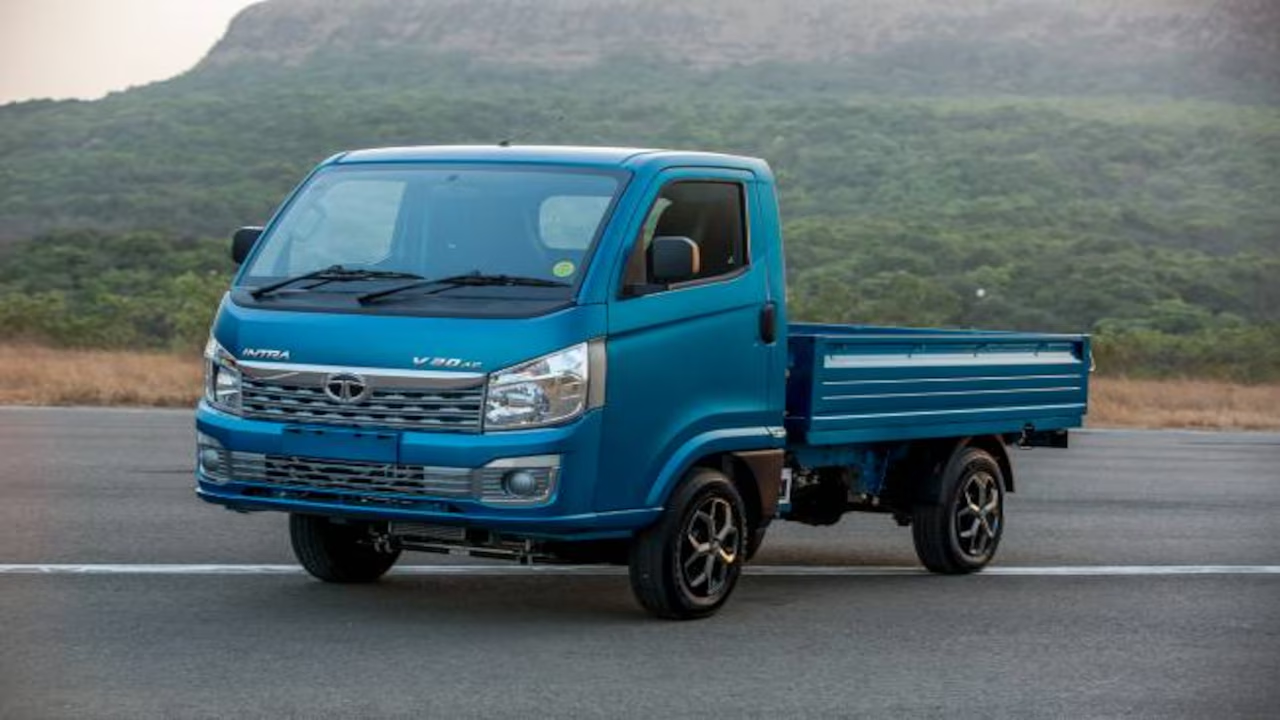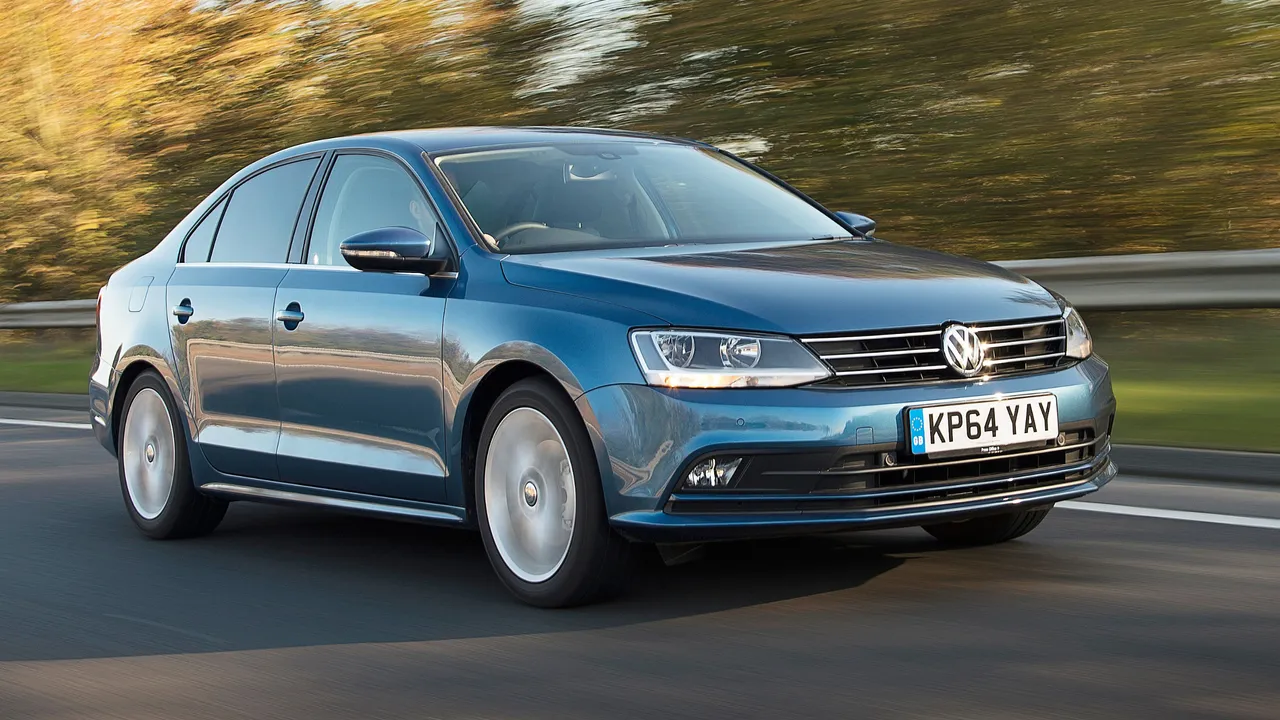Tata Motors, a prominent player in the Indian automobile industry, is set to increase the prices of its popular Tata Ace and other commercial vehicles in its range. This price hike has come as a result of several economic factors affecting the automotive sector, including rising input costs, inflation, and supply chain disruptions. Known for their robust build, exceptional reliability, and fuel efficiency, Tata’s commercial vehicles, particularly the Tata Ace, have become an essential part of India’s transportation ecosystem, especially for small businesses and logistics.
In this article, we’ll delve into the reasons behind the price increase and explore how it may impact the customers who rely on these vehicles for both personal and business needs.
Why Are Prices of Tata Ace and Commercial Range Increasing?
The core reason for the price hike of Tata Ace and other commercial vehicles lies in the rising costs of raw materials such as steel, aluminum, and rubber, which are vital for manufacturing. Over the past year, there has been a global surge in the prices of these materials, coupled with supply chain bottlenecks that have strained production timelines. Additionally, fluctuations in fuel prices, changes in labor costs, and increased regulatory requirements for safety and emissions standards have all added pressure to the cost structure.
Tata Motors, like many other automakers, has faced rising production expenses and is now compelled to pass on a part of this cost to consumers. This price adjustment is necessary for the company to maintain its operational profitability while continuing to offer high-quality vehicles that meet customer expectations.
Impact of Price Hike on Tata Ace
The Tata Ace, often referred to as the “Chhota Hathi” (small elephant), is one of the most popular light commercial vehicles (LCVs) in India. It has earned the trust of millions of small businesses, delivery services, and traders due to its compact size, versatility, and ease of maneuvering in both urban and rural areas. The Ace is frequently used for transporting goods in small quantities and navigating narrow streets where larger trucks cannot reach.
With the price hike, the Tata Ace’s affordability could be impacted, especially for first-time buyers or small business owners looking to make an entry into the commercial vehicle market. However, the vehicle’s established reputation for durability and low maintenance costs may continue to make it a popular choice, despite the price increase.
Business owners who rely on the Ace for their day-to-day operations may also face increased operational expenses, particularly in terms of financing and fuel. However, the vehicle’s overall fuel efficiency and lower operating costs are likely to offset the higher upfront cost in the long run.

Effects on Tata’s Commercial Range
Beyond the Tata Ace, the price increase will likely extend to other vehicles in Tata Motors’ commercial vehicle range. This includes the Tata Intra, Tata SFC, and other LCVs that cater to businesses in various sectors, from transportation to logistics. These vehicles are known for their performance, carrying capacity, and durability, making them indispensable to many small businesses and commercial enterprises.
With the price hike, businesses operating on tight margins, such as delivery services, small cargo operators, and construction businesses, may need to reassess their budgets. Some businesses could explore financing or leasing options to cushion the impact of the price rise, while others may look at alternative options in the market.
However, Tata’s commitment to improving its commercial vehicle range through technology upgrades, safety features, and fuel efficiency improvements will likely continue to make these vehicles a strong contender in their respective segments. The company’s ability to offer value in terms of reliability and cost-effectiveness could help it retain its position as a market leader, even in the face of price hikes.
How Will Customers Respond to the Price Increase?
For many customers, especially small business owners and entrepreneurs, the price increase may seem like a significant financial burden. The Tata Ace, in particular, is seen as an affordable and practical solution for a variety of transport needs, so any increase in cost may prompt some buyers to reconsider their options.
However, Tata Motors has built a loyal customer base by offering vehicles that are known for their ruggedness, low maintenance, and exceptional after-sales service. While the price increase may cause some short-term hesitation, the long-term value provided by Tata vehicles could outweigh the higher initial cost.
Small business owners might also explore financing options such as loans, EMI schemes, or leasing to spread out the costs over time. In addition, Tata Motors may offer promotional deals or discounts to ease the transition for affected customers.
Tata Motors’ Focus on Innovation and Sustainability
Despite the price increase, Tata Motors continues to focus on innovation, sustainability, and improving the customer experience. The company is incorporating advanced technology into its commercial vehicles to ensure they remain competitive in the market. For instance, Tata is enhancing the fuel efficiency of its vehicles and introducing features that help reduce operational costs.
Tata Motors is also committed to producing environmentally friendly vehicles. The company has taken strides toward electrification in the commercial vehicle segment, and it is likely that in the coming years, we will see more electric versions of the Tata Ace and other commercial vehicles. This shift could help customers save on fuel costs and contribute to a greener future for the transportation sector.
Conclusion
The price increase for Tata Ace and its commercial vehicle range is a response to the rising input costs and economic challenges faced by the automotive industry. While this adjustment might affect the affordability of Tata’s vehicles in the short term, the long-term benefits, including reliability, fuel efficiency, and robust after-sales service, will likely continue to make them a preferred choice for small businesses and commercial operators.
As businesses look for ways to manage this price increase, Tata Motors’ focus on innovation, sustainability, and customer satisfaction ensures that its vehicles will remain a vital part of India’s commercial transport landscape. For many, the Tata Ace and its commercial range will still represent the best value for money in their respective segments, despite the higher price tags.





